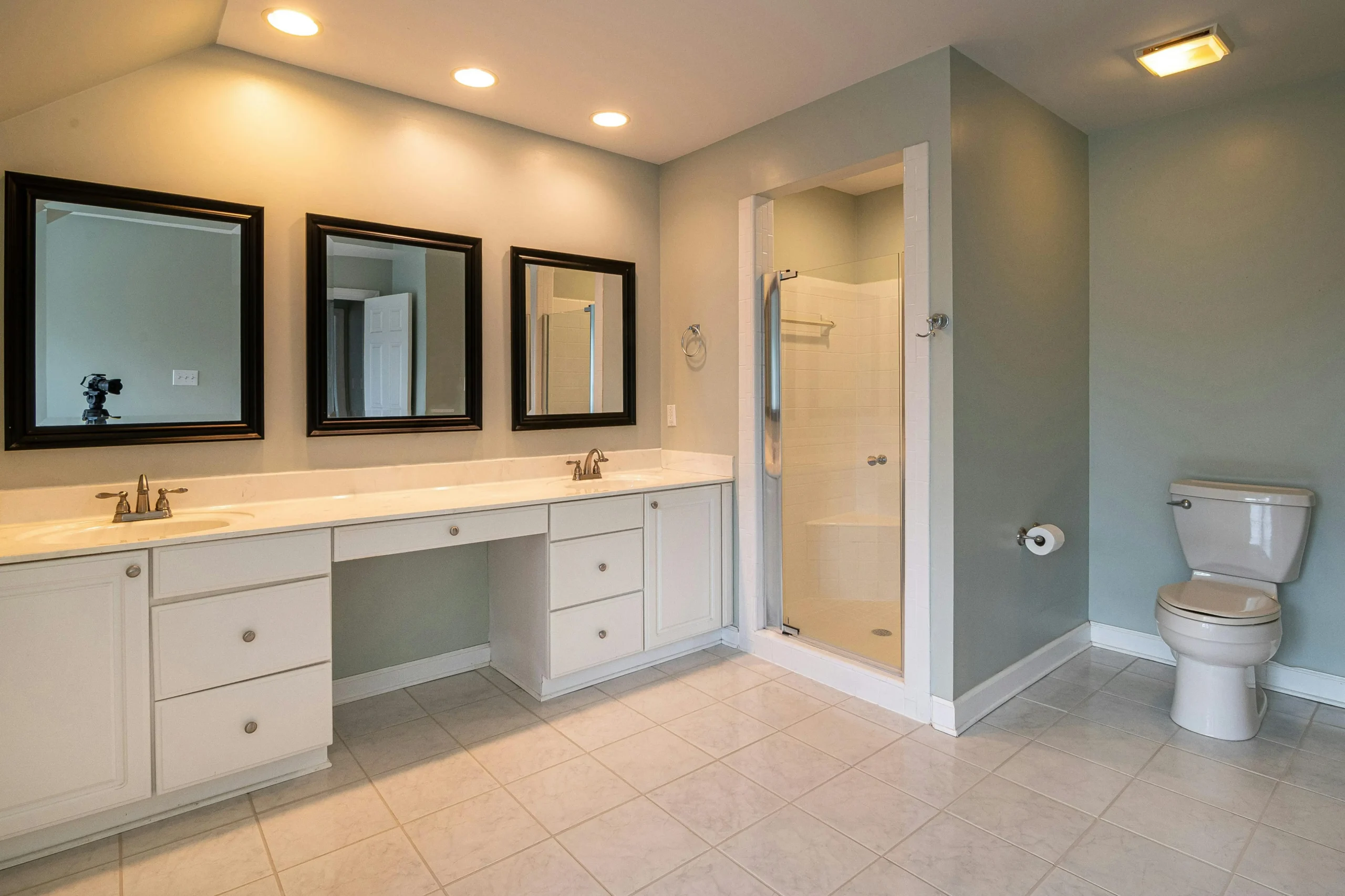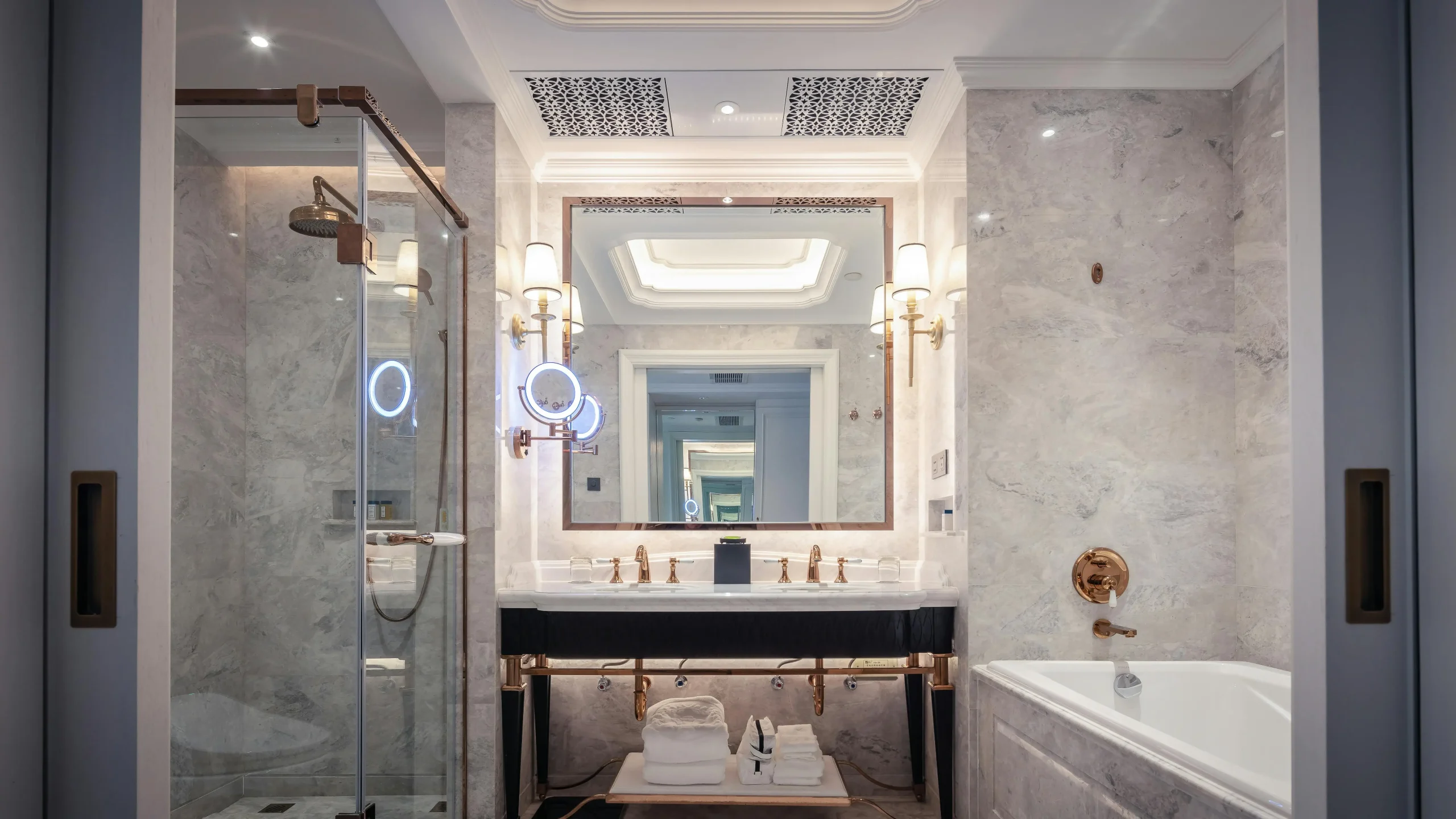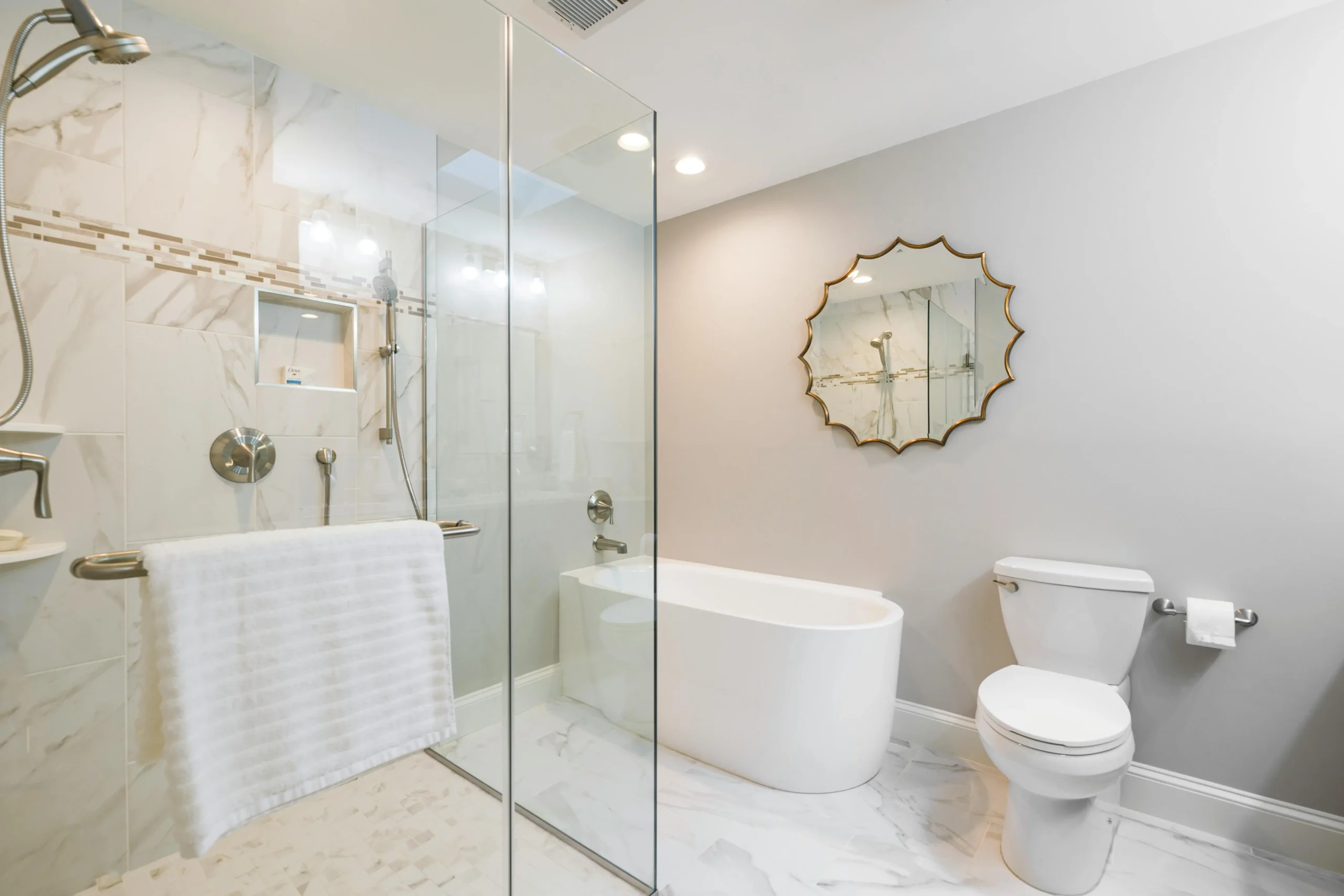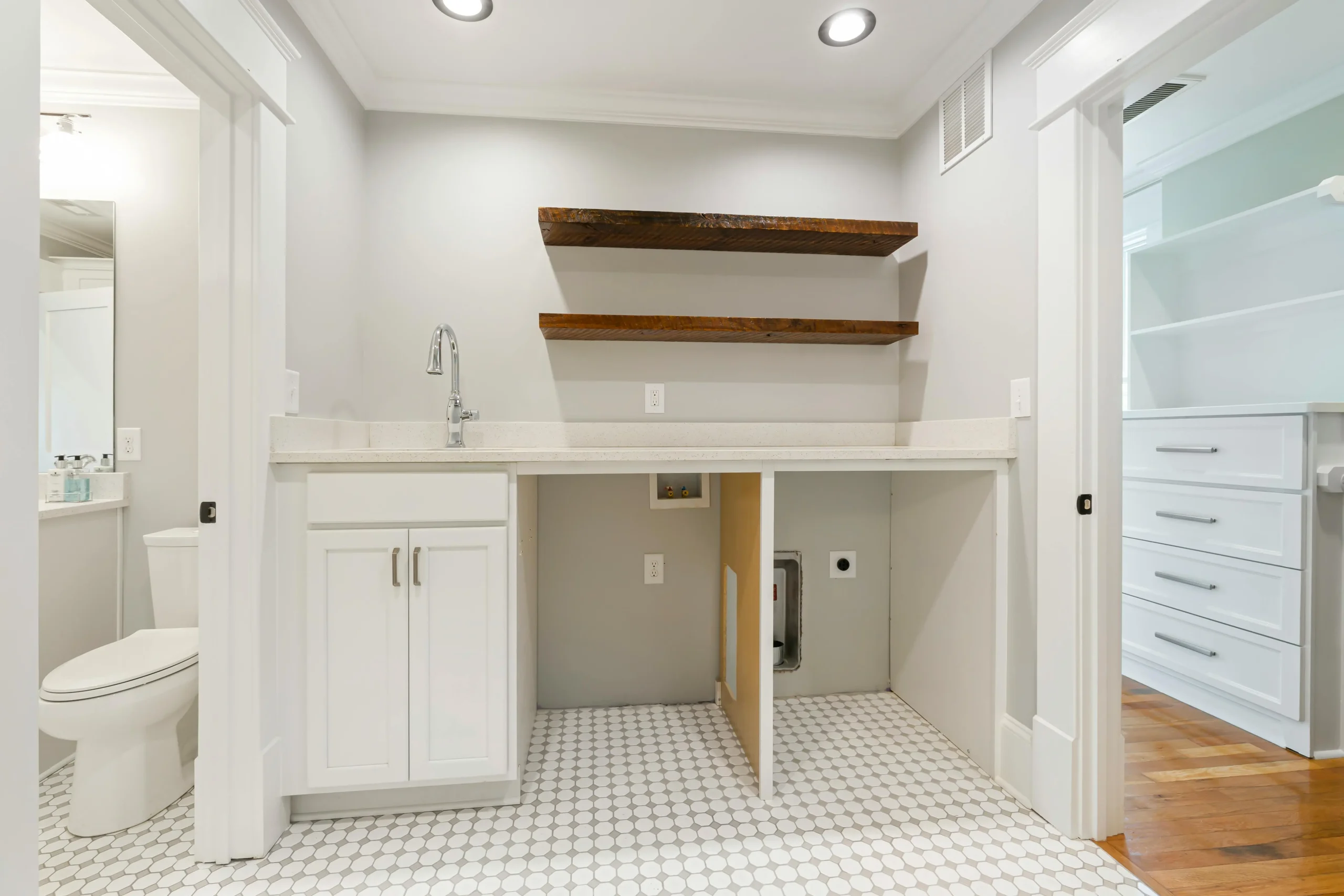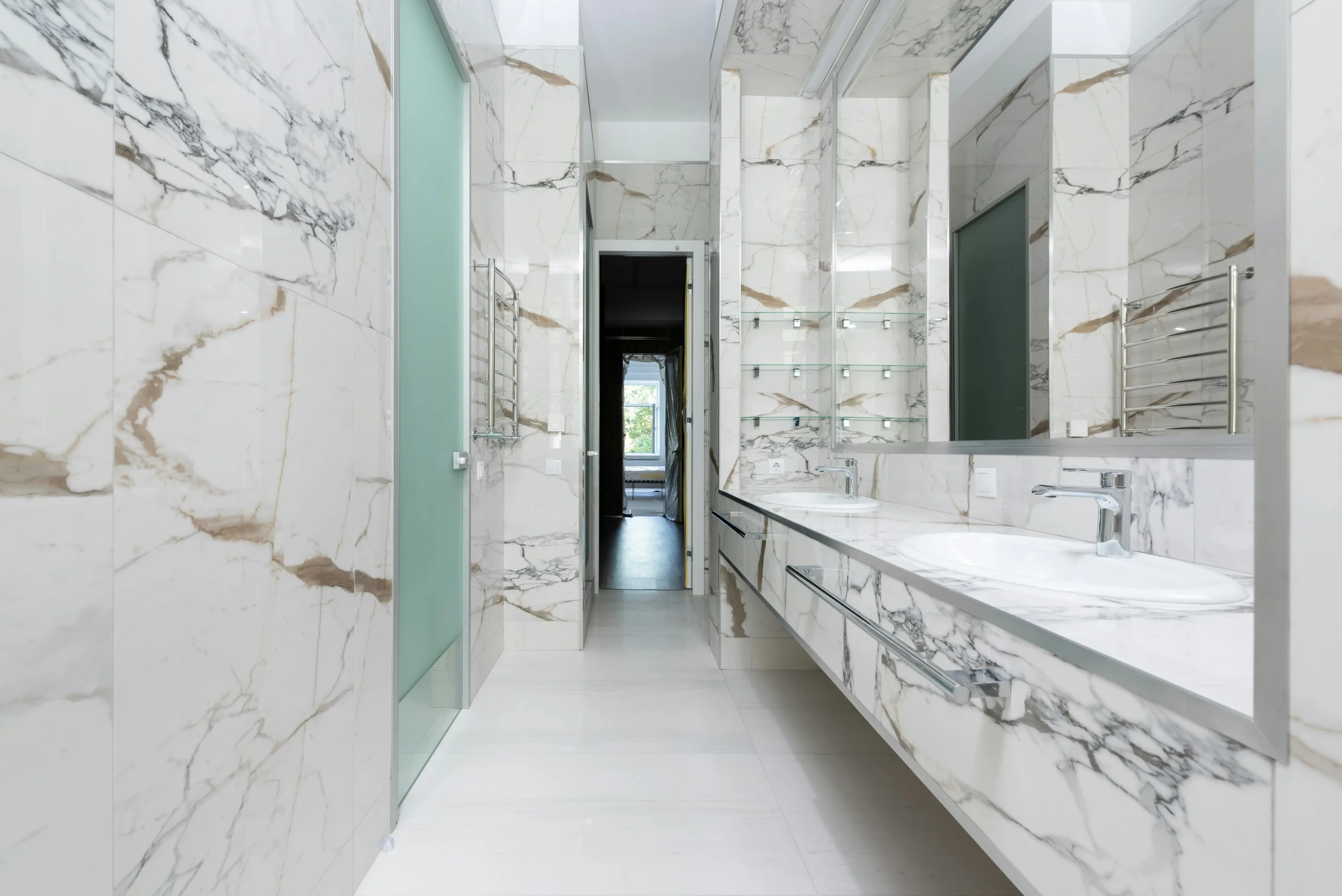Understanding Islip Kitchen Remodel Costs
Kitchen remodeling costs in Islip can vary based on factors such as the size of the space, the quality of materials, and the complexity of the renovation. A basic kitchen remodel may start at around $30,000, while a midrange remodel could range between $40,000 and $75,000. Upscale renovations, featuring custom cabinetry, high-end appliances, and luxury finishes, can exceed $100,000. Labor costs, permits, and structural changes can significantly impact the budget, so it’s important to plan accordingly. Homeowners should also factor in costs for flooring, lighting, and plumbing upgrades, as these can add to the total expense. Understanding these costs helps in making informed decisions that align with both budget and design preferences. Working with experienced contractors can ensure a smooth renovation process with no unexpected surprises.
Setting a Realistic Renovation Budget
A well-planned kitchen renovation budget ensures that homeowners stay within their financial limits while achieving their desired upgrades. Start by assessing your overall spending capacity and determining how much you’re willing to allocate for design, materials, labor, and unforeseen expenses. It’s wise to set aside at least 15-20% of the total budget for unexpected costs that may arise during the renovation. Prioritize spending on essential elements such as cabinetry, countertops, and appliances, as these have the most impact on functionality and aesthetics. Homeowners should also research different financing options, such as home improvement loans or personal savings, to determine the best funding approach. Consulting with a professional remodeler can help create a budget that maximizes value while avoiding unnecessary expenses. A strategic financial plan ensures a smooth and stress-free renovation process from start to finish.
Plan Ahead to Save on Kitchen Renovation Costs
Planning ahead is key to saving money on a kitchen renovation without compromising quality. Researching materials, comparing prices, and sourcing items during sales can lead to significant cost savings. Homeowners can also cut costs by keeping the existing kitchen layout, as relocating plumbing and electrical work can be expensive. Choosing semi-custom or stock cabinets instead of fully custom options can help reduce costs without sacrificing style. Another money-saving strategy is to explore alternative materials, such as quartz countertops instead of marble or refinishing existing cabinetry instead of replacing it entirely. Hiring a reputable contractor with a strong track record can also prevent costly mistakes and delays. Proper planning ensures that every dollar is spent wisely, resulting in a beautiful and functional kitchen that stays within budget.
Hire a Kitchen Designer for Home Remodeling Success
Working with a professional kitchen designer can make a significant difference in the outcome of a renovation project. A designer helps homeowners maximize space efficiency, improve workflow, and select materials that align with their budget and style preferences. Designers also have access to exclusive materials and vendor discounts, which can lead to cost savings. They can anticipate potential design flaws and address them before construction begins, preventing expensive modifications later on. With expert knowledge of color schemes, lighting, and layout optimization, a designer ensures that the kitchen is both visually appealing and practical. Collaborating with a professional also streamlines the remodeling process, reducing stress and improving project efficiency. Investing in a designer may seem like an added expense, but their expertise ultimately leads to a better-finished product and a more enjoyable kitchen experience.
Choosing the Right Cabinets for Your Kitchen Remodel
Cabinets are one of the most important elements in a kitchen remodel, influencing both style and storage efficiency. Homeowners can choose from stock, semi-custom, or fully custom cabinets, each offering different levels of personalization and price points. Stock cabinets are the most affordable but come with limited design options, while semi-custom cabinets provide some customization at a midrange cost. Custom cabinets offer the highest level of personalization but are the most expensive. Material choice also plays a crucial role, with options such as solid wood, MDF, and plywood offering different durability levels. Features like soft-close hinges, pull-out drawers, and built-in organizers can enhance convenience and functionality. Selecting the right cabinets ensures a balance between aesthetic appeal, durability, and budget-friendly choices. A well-designed cabinetry layout can significantly enhance kitchen storage and overall usability.
Pick Quality Countertops That Suit Your Budget
Choosing the right countertop material is essential for both durability and visual appeal. Quartz is a popular choice due to its durability, low maintenance, and wide range of colors and patterns. Granite offers a luxurious, natural stone appearance but requires periodic sealing to maintain its condition. Laminate is an affordable option but lacks the resilience of stone materials, making it less durable over time. Butcher block countertops add warmth and a rustic charm to the kitchen but require regular maintenance to prevent stains and water damage. Homeowners should also consider heat and scratch resistance when selecting a countertop material. Finding a balance between cost and quality ensures that the kitchen remains stylish and functional for years to come. Consulting with a professional can help homeowners choose the best option for their specific needs and budget.
What Does a Kitchen Remodel Cost Include?
A kitchen remodel cost includes various components such as design, materials, labor, and permits. The largest expenses often come from cabinetry, countertops, and appliances, while flooring, lighting, and plumbing updates can add to the overall budget. Labor costs depend on the complexity of the project and whether structural modifications are needed. Additional expenses such as demolition, disposal of old materials, and permit fees should also be factored into the total cost. Unexpected issues, such as outdated wiring or plumbing problems, may require additional spending. Homeowners should work with an experienced contractor to get a detailed cost estimate upfront. Understanding what’s included in the budget helps prevent overspending and ensures a more organized remodeling process.
Difference Between Midrange and Upscale Kitchen Renovations
Midrange and upscale kitchen renovations differ in scope, materials, and cost. A midrange remodel, typically costing between $40,000 and $75,000, includes semi-custom cabinetry, standard appliances, and practical but stylish finishes. These remodels focus on functionality and cost-effective upgrades without excessive luxury. Upscale renovations, which often exceed $100,000, incorporate high-end materials, custom cabinetry, luxury appliances, and premium finishes such as marble countertops and designer lighting. High-tech features, such as smart appliances and automated lighting, are common in upscale remodels. While midrange renovations add significant value to a home, upscale projects cater to homeowners looking for a high-end, customized kitchen experience. Choosing between these options depends on budget, lifestyle, and long-term goals for the property.
Boosting Your Kitchen Remodel with Sweeten Innovations
Sweeten is an innovative platform that connects homeowners with trusted contractors, streamlining the remodeling process. Using Sweeten can help homeowners find vetted professionals who match their budget and design vision, reducing the risk of hiring an inexperienced contractor. The platform also provides project tracking tools that allow homeowners to monitor costs, timelines, and milestones in real time. Sweeten innovations include access to expert advice, dispute resolution, and transparent cost estimates, ensuring a smoother remodeling experience. By leveraging technology, Sweeten makes the renovation process more efficient and stress-free. Homeowners in Islip can benefit from using this service to find qualified kitchen remodelers with proven expertise. Incorporating Sweeten into your renovation journey can help you achieve a high-quality kitchen transformation with greater confidence.
Picking the Right Contractor for Islip Remodeling Projects
Choosing the right contractor for a kitchen remodel in Islip is essential for ensuring a successful renovation. Homeowners should start by researching and obtaining multiple quotes from licensed and insured professionals with experience in kitchen renovations. Checking online reviews, requesting references, and reviewing past projects can help assess a contractor’s reliability and quality of work. It’s also important to communicate expectations clearly, discussing timelines, budgets, and potential challenges upfront. A well-drafted contract outlining all project details, including materials, labor costs, and payment schedules, provides additional security. Hiring a contractor with strong project management skills ensures that the renovation stays on track and within budget. Working with a reputable professional reduces the likelihood of delays, cost overruns, and construction issues, resulting in a smoother remodeling experience.
Frequently Asked Questions
How much does it cost to remodel a kitchen in Islip?
The cost of remodeling a kitchen in Islip can vary depending on the size of the kitchen, materials chosen, and the scope of the project. On average, a kitchen remodel in Islip typically costs between $20,000 and $50,000 for a mid-range remodel, which includes updates like new cabinets, countertops, appliances, and flooring. For high-end remodels that involve custom cabinetry, premium countertops like granite or quartz, and luxury appliances, the cost can exceed $75,000. Any structural changes, such as moving plumbing or electrical systems, will also increase the cost. To get an accurate estimate, it’s best to consult with local contractors to get a personalized quote based on your specific needs and preferences.
Is $10,000 enough for a kitchen remodel?
A $10,000 budget for a kitchen remodel is limited but can still provide some essential updates, particularly if you focus on cosmetic changes. With this budget, you can update things like cabinet painting or refacing, replacing hardware, installing a new backsplash, and upgrading lighting fixtures. You may also be able to replace low-cost countertops like laminate or butcher block, as well as install budget-friendly flooring such as vinyl or tile. However, a full remodel that involves custom cabinetry, high-end appliances, or significant structural changes would likely exceed this budget. To maximize a $10,000 remodel, consider doing some of the work yourself and selecting affordable yet durable materials.
Is $30,000 enough for a kitchen remodel?
Yes, $30,000 is generally enough for a mid-range kitchen remodel. This budget typically allows for replacing or upgrading stock or semi-custom cabinetry, installing mid-range countertops like granite or quartz, upgrading appliances, and updating flooring. It may also cover the addition of a new backsplash and lighting fixtures. If you want to make structural changes or include custom cabinetry, you may need to go above this budget, but $30,000 is typically enough for a functional and stylish remodel with good quality materials. Prioritizing essential upgrades and choosing cost-effective options can help ensure that you stay within this budget.
What is a reasonable budget for a kitchen remodel?
A reasonable budget for a kitchen remodel depends on the scale of the renovation and the materials chosen. For a basic remodel, such as replacing countertops, painting or refacing cabinets, and upgrading appliances, a budget of $10,000 to $20,000 is typical. For a more extensive remodel that involves replacing cabinetry, installing new countertops, and upgrading flooring, a reasonable budget would be between $30,000 and $50,000. High-end kitchen remodels that feature custom cabinetry, luxury appliances, and premium finishes can exceed $75,000. It’s generally a good idea to allocate about 10-15% of your home’s value to ensure a good return on investment while maintaining a realistic budget.

